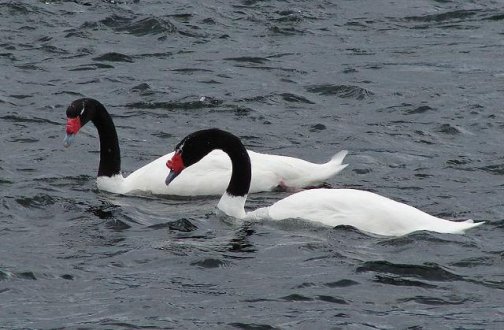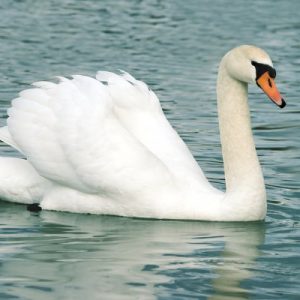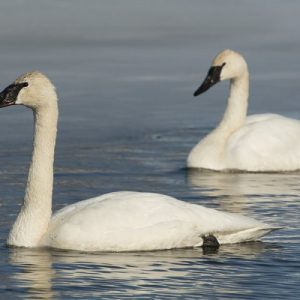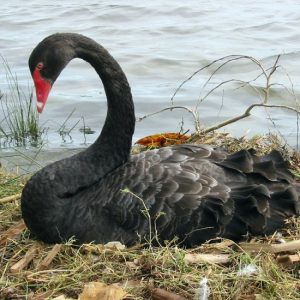Cygnus melancoryphus
Yearlings are 1-2 years of age; breeders are 3+ years of age.
Black-necked Swans are in high demand as ornamental birds for ponds and lakes. These Swans are gentler and more docile than most swan species and are often paired with other waterfowl with few complications. Smaller than other swan species and exotic in appearance, these swans are captivating to watch.
Production | Breeding Black-Necked Swans: Black-Necked Swans are bred in captivity, but can be delicate. They are in high demand due to the fact they are not particularly aggressive and their unusual appearance. During breeding season Black-Necked Swans, like all other swan species, can become aggressive and territorial despite their normally calm disposition. The breeding season is from July to November and the eggs are incubated for approximately 36 days. A clutch generally consists of four to six eggs.
The female, or pen, is the only one of the parents to incubate the eggs while the male, or cob, guards her and the clutch. After the cygnets hatch both parents care for them. Unlike other species of swan, cygnets, as the babies are called, are often carried on the backs of the parent birds. Cygnets are grey and at about two years of age molt to the distinctive coloring for which Black-Necked Swans are known.
History of the Black Necked Swan: These exotic swans are one of two swan species native to South America. There are still wild populations, with a range from Argentina to the Falkland Islands. Weather conditions in the Falkland Islands can be severe but these swans breed there. Although all swans are waterfowl, the Black Necked Swan is more aquatic than most. Its legs are set farther back on its body, making it a better swimmer, but also making it clumsy on land.
Color: The appearance of the Black Necked Swan differentiates it from other swan species quite clearly. Aside from having an obviously black neck, these swans have a bluish bill with a large red knob or caruncle at the base. The caruncle is enlarged on the male during the breeding season. Other than the black neck, their plumage is white and their legs are pinkish.
Status: International Union for Conservation of Nature and Natural Resources: Least Concern
Body Type: Black Necked Swans are one of the smallest of the swan species. Males are significantly larger than females. Although small and clumsy on land, Black-Necked Swans are strong fliers and can fly as fast as 55 miles per hour.
Walking on land is awkward for these birds that are so graceful on water because their legs are farther back on their bodies. Black-Necked Swans spend the vast majority of their time in the water, and in their natural habitat prefer marshy areas, swamps, and open water such as ponds and lakes.
Weight: Cob: 12-14 pounds, Pen: 8-10 pounds
All of our swans are pinioned so they will not fly away from your pond or other body of water.




